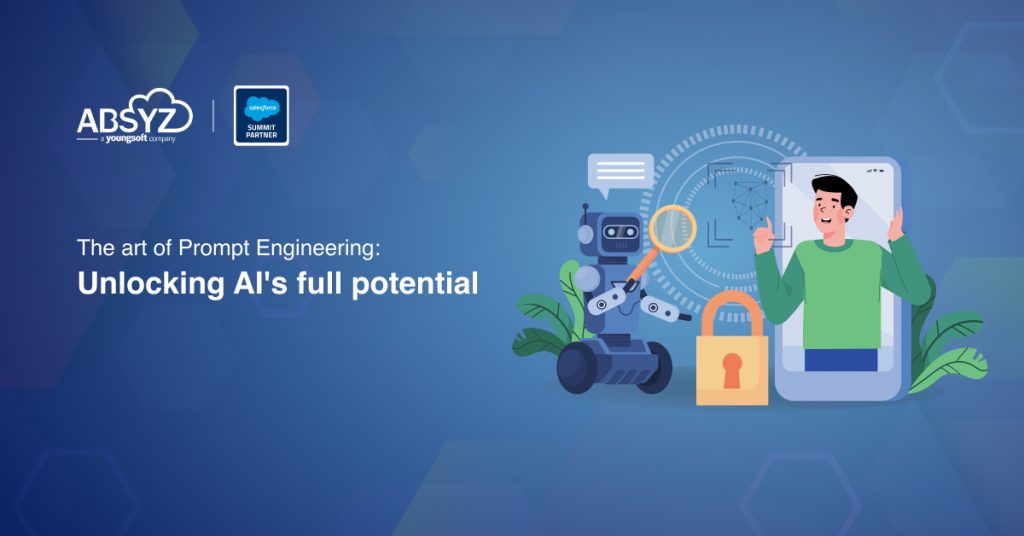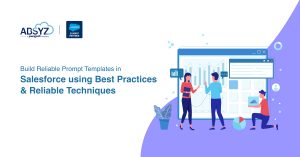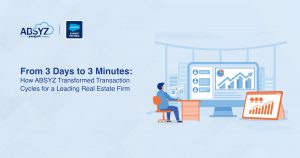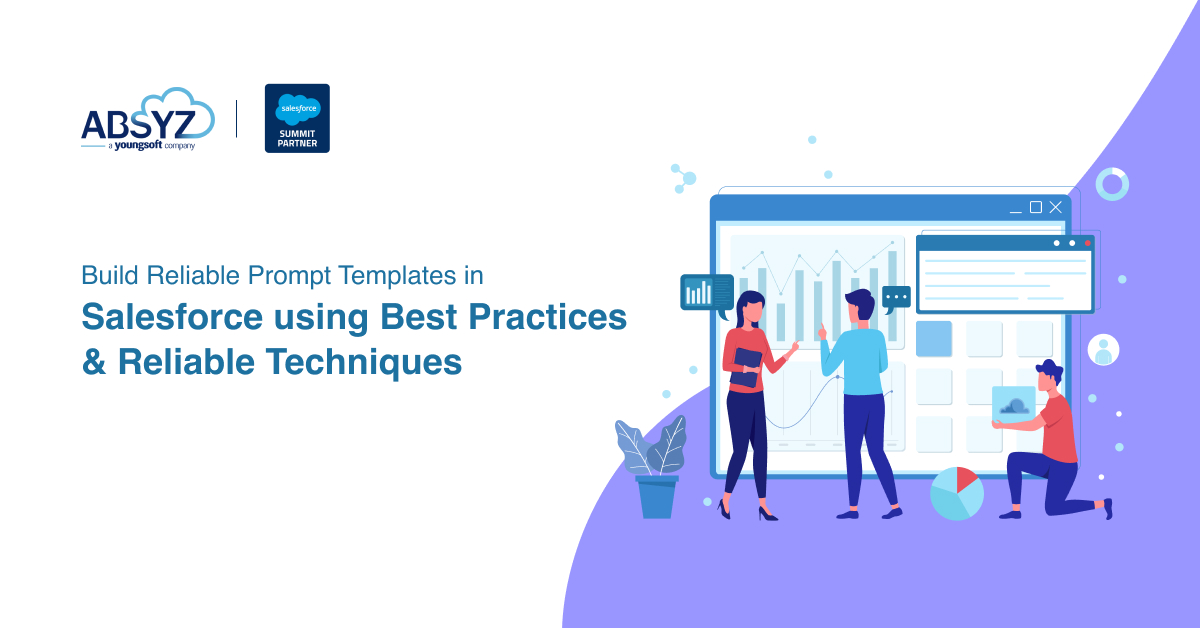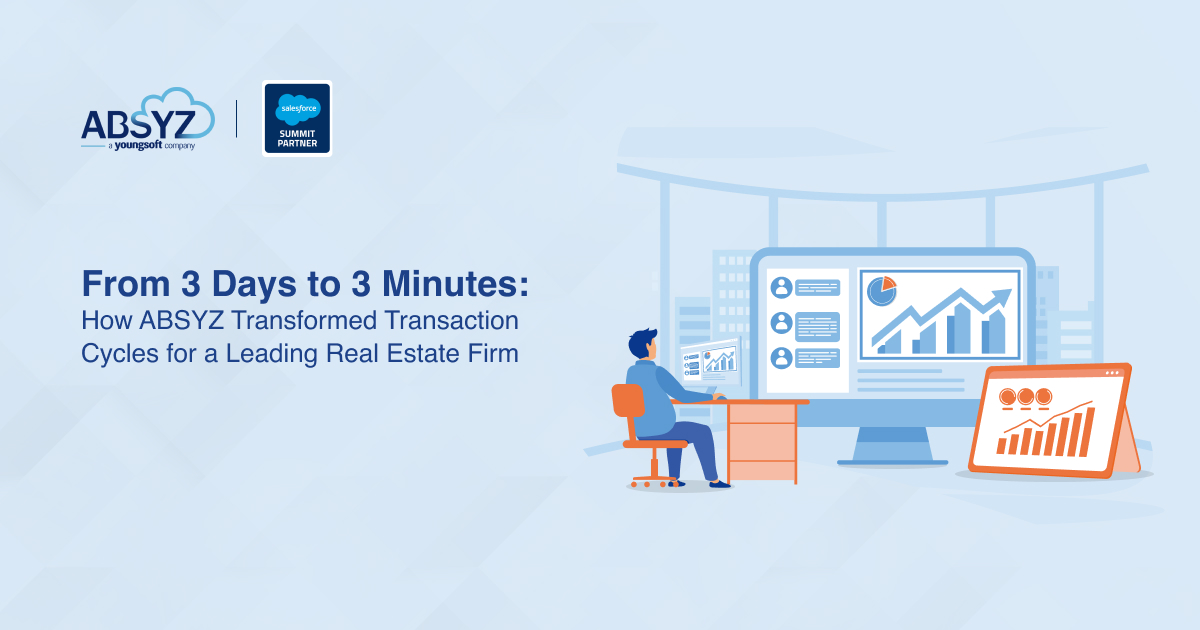Introduction
In today’s Salesforce ecosystem, especially with tools like Agentforce and Prompt Builder, this hidden language is becoming the backbone of digital transformation. These aren’t just configurations, they’re conversations. And when designed thoughtfully, these conversations enable AI to act more like a strategic partner than a script-following tool.
But here’s the catch: not all prompts are created equal. A single sentence can lead to a bland, robotic reply or unlock a cascade of intelligent reasoning. Some prompts guide AI like a compass. Others invite it to explore, to deduce, to weigh options before making a decision.
As Salesforce developers and architects, our task is not just to build functionality, but to craft interactions that feel natural yet powerful. This demands a deeper understanding of how the structure of our inputs shapes the quality of AI’s outputs.
Now that we understand the value of structured, intentional prompting, we are better equipped to explore some of the most effective prompting techniques that can help AI reason, decide, and act intelligently in enterprise contexts.
Prompting Paradigms: Techniques that Power Modern LLM Interactions and pave the way forward
1. Zero-Shot Prompting
Instructs the model without providing any examples. It relies on the model’s training and general understanding of the task.
When Effective: Best suited for straightforward tasks with clearly defined formats and expected outcomes, like classification of categories.
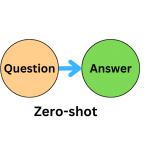
Example: Instruction in Agentforce Prompt Template:
Classify customer sentiment from the latest interaction notes as positive, negative, or neutral. Return only the sentiment label.”
2. One-Shot and Few-Shot Prompting
Introduce one or more examples in the prompt to guide the model’s behaviour. Improves consistency and formatting in ambiguous tasks.
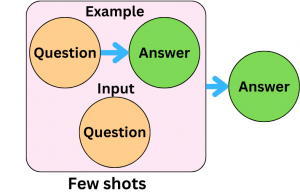
When Effective: Highly effective when precise formatting or tone is required.
Example:
Here is an example of extracting data from conversations:
Transcript: ‘I’m planning to expand to Pune, and I have a budget of 10 lakhs.’
Output: { ‘preferred_location’: ‘Pune’, ‘budget’: 1000000 }
Now, analyze the following transcript & extract the preferred location and budget values. Return null if information is not found.
I am looking for a corporate space in Hyderabad with a 5,000 sq. ft. area.
3. System Prompting
Sets overarching rules that control tone, format, and compliance across the session. Typically hidden from the user.
When Effective: It is necessary when a consistent format, security, or data validation is required across workflows.
Example:
“All responses must be in valid JSON. Do not include additional text or explanations. Ensure null is returned for missing values.”
4. Contextual Prompting
Provides relevant information such as user role, product details, or past interactions as grounding input.
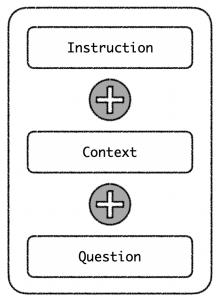
When Effective: Ideal for hyper-personalisation and data-grounded decision-making.
Example:
“You are assisting a renewal specialist. The account type is {!Account.Type} and the last engagement score is {!Account.Engagement_Score__c}. Based on this, generate a personalised renewal message.”
5. Role Prompting
Assigns a specific persona to the AI agent, such as an HR specialist, legal consultant, or support engineer.
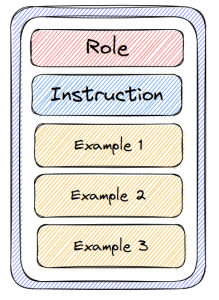
When Effective: Crucial when tone and authority are essential, such as in regulated industries or expert domains.
Example:
“Act as a senior legal advisor. Explain compliance requirements in a formal and concise tone based on the client’s business description.”
6. Step-Back Prompting
Ask the model to generate high-level insights or steps first, then refine them. It improves strategic thinking before task execution.
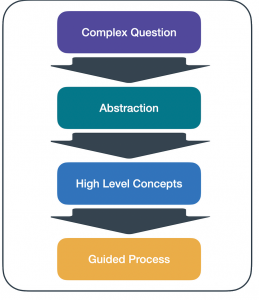
When Effective: Ideal for multi-stage workflows or tasks that require intermediate planning.
Example:
“Step 1: List 3 common objections based on the call transcript.
Step 2: Generate tailored rebuttals to each objection using customer context.”
7. Chain of Thought (CoT) Prompting
Instructs the model to reason step-by-step to improve logical accuracy and transparency.
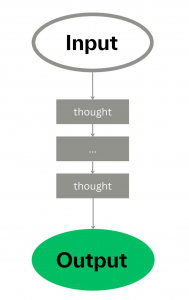
When Effective: Highly effective for lead scoring, classification, prioritisation, and routing decisions.
Example:
“Let’s think step-by-step. What is the company size? Do they have urgency? Are the budget and authority confirmed? Based on this, what is the qualification score?”
8. Self-Consistency
Runs multiple CoT generations and aggregates the most consistent final answer. Reduces randomness and improves confidence.
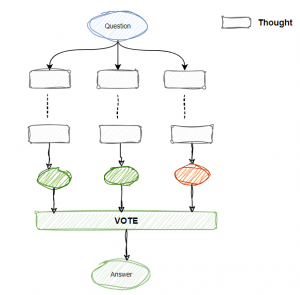
When Effective: Suitable for use cases where the same input may lead to varying answers, such as risk assessment or opportunity qualification.
Example:
“Run the lead qualification prompt 3 times and return the most frequent lead priority score among [High, Medium, Low].”
9. Tree of Thoughts (ToT)
Expands the decision-making space by generating multiple reasoning paths and evaluating them iteratively.
When Effective: Powerful for brainstorming product recommendations, content planning, or formulating negotiation strategies. This technique excels when an agent must choose between multiple actions, whether driven by user input or by the outcome of a previous step, making it especially valuable for dynamic, decision-based workflows.
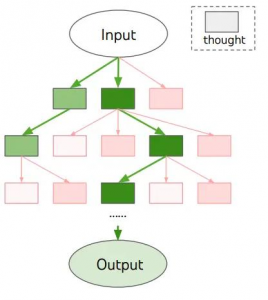
Example:
“Explore three different ways the customer might respond to a price increase. For each, recommend a tailored counterstrategy. Pick the best option for maintaining retention.”
10. ReAct (Reason + Act)
Interleaves reasoning with actions, such as calling Apex methods, Flows, or invoking external APIs.
When Effective: Essential for multi-step decision-making and execution scenarios, especially when real-time data or services are required.
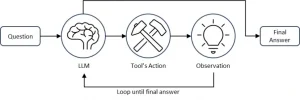
Example:
“Thought: Customer asks about refund eligibility.
Action: Call Apex RefundPolicyCheck(customer_id)
Observation: “Refund eligible within 30 days.”
Thought: Inform customer and trigger refund initiation if under 30 days.”
11. Automatic Prompt Engineering (APE)
Automatic Prompt Engineering (APE) is a technique in which a language model generates multiple prompt variations for a given task, thereby reducing the need for manual prompt writing. For example, to train a chatbot for a t-shirt webshop, the model can create different ways customers might phrase an order, like “One Metallica t-shirt size S.” These variants retain the same intent but vary in wording. The best-performing prompts are then selected, possibly refined, and reused, making the process efficient, scalable, and more effective for training AI systems.
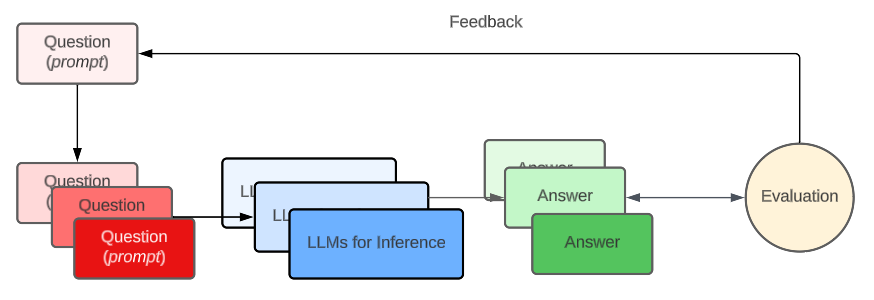
When Effective: Valuable for organisations scaling AI across multiple departments or looking to auto-optimise templates.
Example:
Given call transcripts and the prompt goal to extract company_type, budget, and urgency, generate 10 variations of prompt instructions. Rank based on accuracy, completeness, and token efficiency.”
Conclusion
Prompt engineering is more than a technical skill; it’s a thoughtful mix of language, logic, and intent. In Salesforce, where AI is transforming customer engagement and operations, well-crafted prompts are becoming a key differentiator. They guide AI not just to respond, but to reason and act with purpose.
Effective prompting is all about clarity and context, enabling human intent to be understood by machines. As AI evolves, our approach must evolve too: test, iterate, and refine with every interaction. The future of enterprise AI depends less on the models themselves and more on how thoughtfully we prompt them.
Author: Yogesh Kumar Soni

